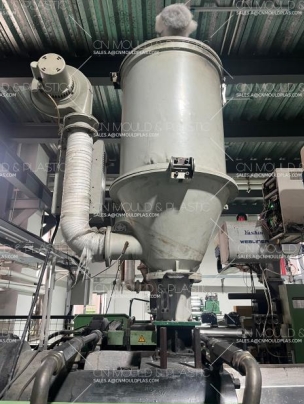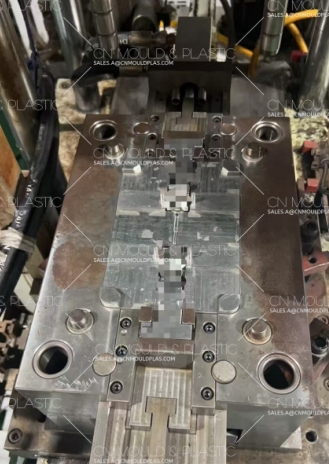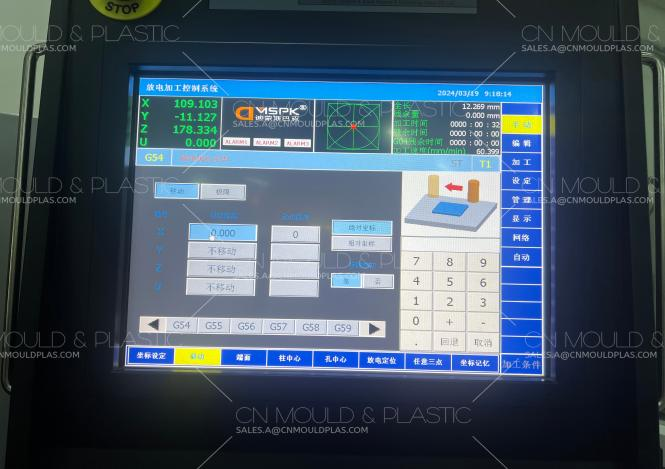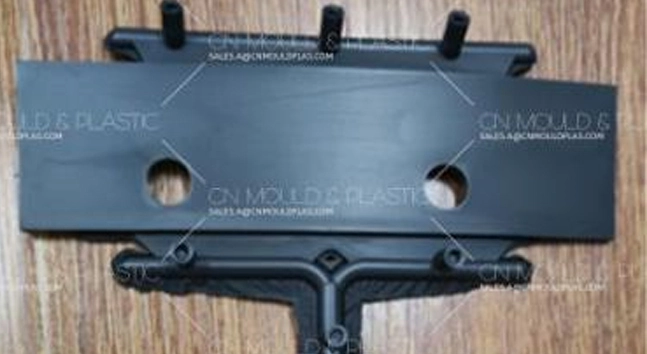(1) Moisture Sensitivity
Although PBT has low hygroscopicity, even small amounts of moisture in the material can cause hydrolysis at high temperatures, making the molded parts brittle. Therefore, it is essential to dry the material before molding, controlling the moisture content to below 0.03%. The drying process is typically done in a hot-air drying oven at around 130°C for 3-4 hours.

(2) Crystallization Rate and Molding Speed
PBT has a fast crystallization rate and quick curing time. During injection molding, the mold temperature can reach a high crystallinity at normal temperatures. Therefore, rapid injection molding is recommended to prevent underfilling, the formation of visible weld lines, or rough surface finishes. This also helps reduce cycle times and increases production efficiency.
(3) Thermal Degradation
If the PBT melt is exposed to temperatures above 270°C for prolonged periods, thermal degradation may occur, leading to a deterioration in the performance of the molded product.

(4) Shrinkage During Molding
PBT has a high molding shrinkage rate. For non-reinforced PBT, the shrinkage rate is around 0.9%, while for 30% glass-fiber reinforced PBT, the shrinkage rate is about 0.4%.

